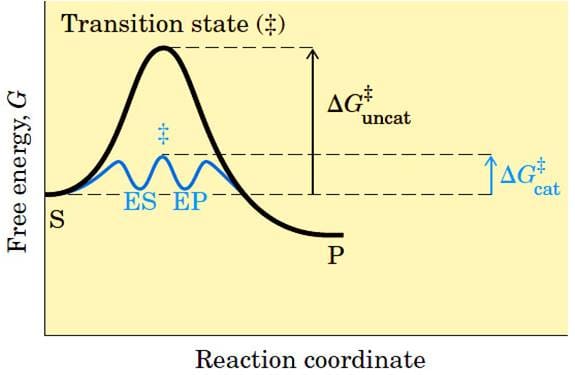
Enzyme II Mechanism of enzyme action: ES complex, transition state, activation energy, binding energy, Hypothesis of enzyme action: Key and Lock theory; Induced fit theory Classes of enzyme specificity
Enzyme II (Mechanism of enzyme action: ES complex, transition state, activation energy, binding energy, Hypothesis of enzyme action: Key and Lock theory; Induced fit theory, Classes of enzyme specificity
- The enzymatic catalysis of reactions is essential to living systems.
- Under biologically relevant conditions, uncatalyzed reactions tend to be slow.
- Most biological molecules are quite stable in the neutral-pH, mild temperature, aqueous environment inside cells.
- Moreover, many common chemical processes are unfavorable in the cellular environment, such as the transient formation of unstable charged intermediates or the collision of two or more molecules in the precise orientation required for reaction.
- Reactions required to digest food, send nerve signals, or contract a muscle simply do not occur at a useful rate without catalysis.

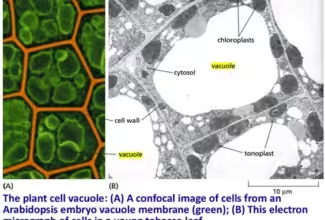
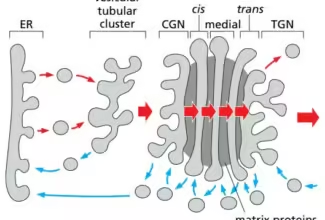


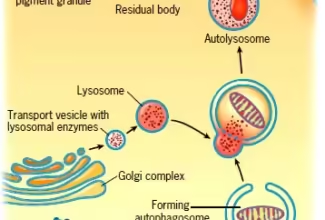
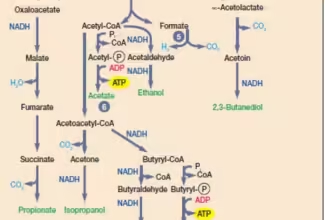


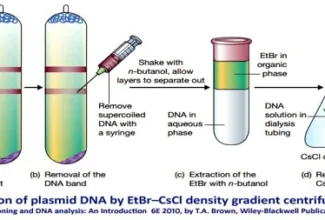

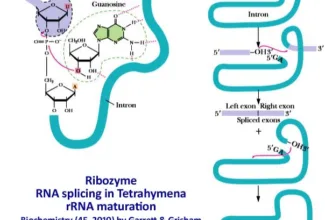
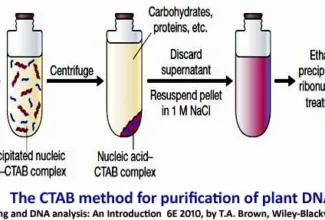



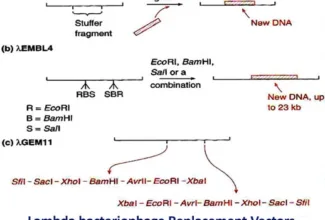








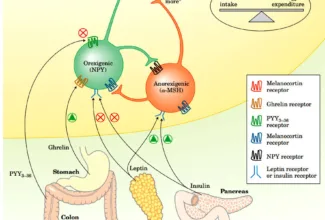

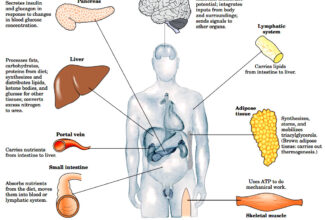




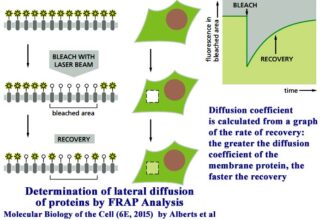
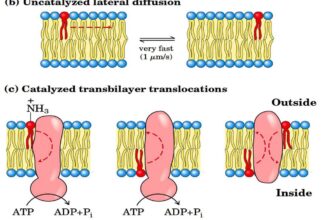

















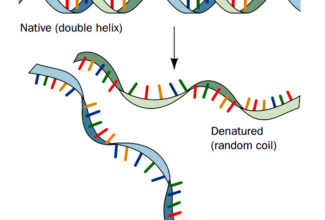



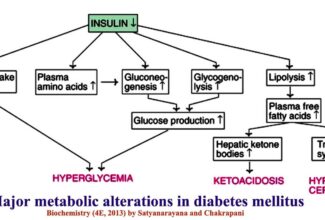



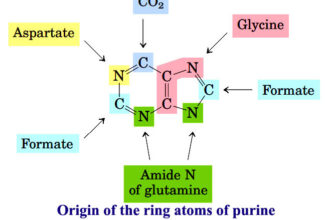














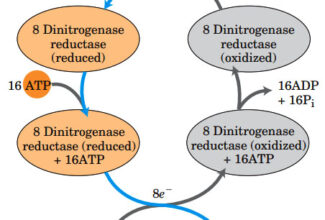






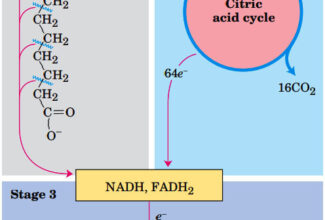











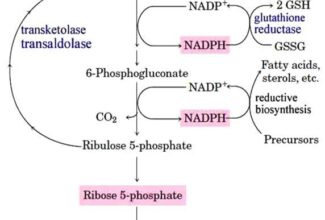






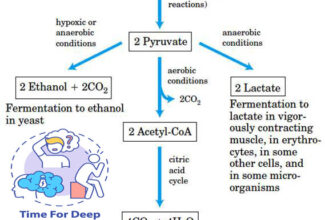
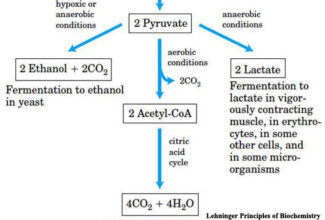












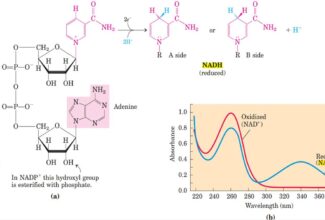








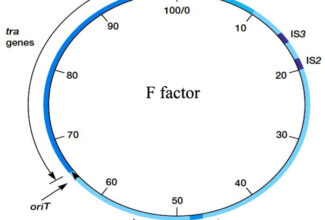

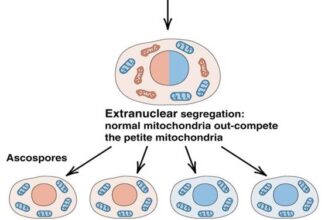












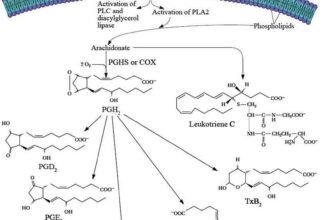
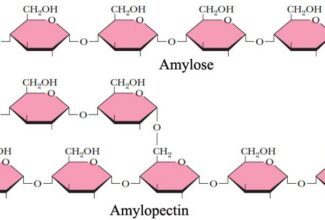

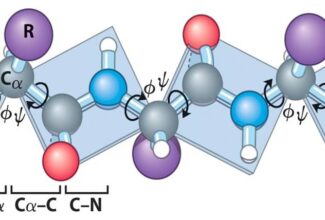
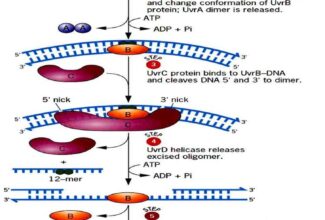





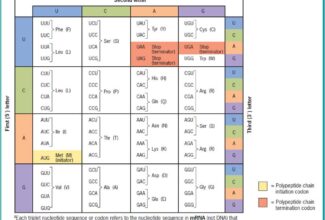







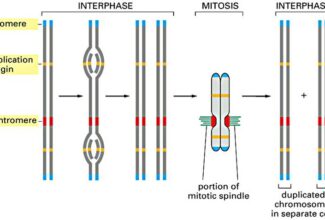









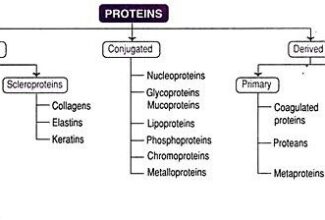






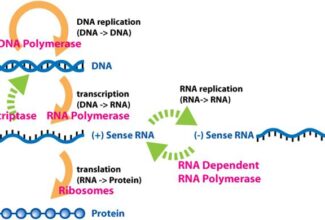
[…] Enzyme II […]